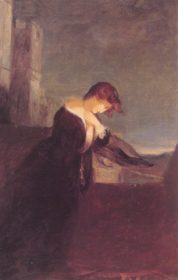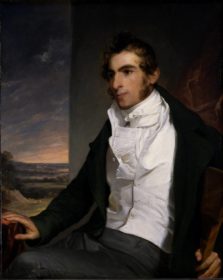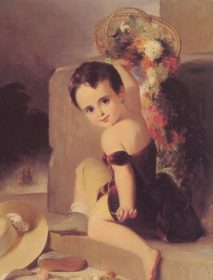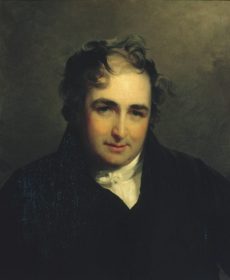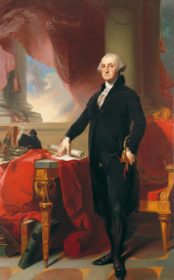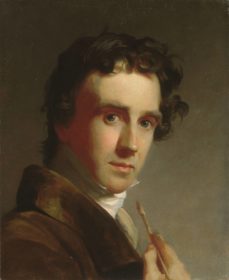Portrait Painting Archive
Among the different types of paintings, Portrait Paintings are comprehensive ways to capture a man’s glory, disposition or social stance in one single moment. It is a style which quickly captures the viewer’s attention and gives a quick glimpse in the past of the depicted person or group. Portrait paintings stand strong among the other types of paintings.
Definition of Portrait
According to Oxford Dictionary, “A painting, drawing, photograph, or engraving of a person, especially one depicting only the face or head and shoulders.”
Though, the last words of the definition aren’t the mandatory properties of a portrait as the type has grown into much more complex and various ways of depicting a person.
Comprehensive Depiction
Portraits could represent a person, an artist or a group of people. They are just the simple depictions of people. Still, they aren’t just profiles of the persons. Sometimes, portraits could tell us more history about the contemporary times than a city’s landscape from the same era.
For instance, during the Dutch Golden age, people were afraid of expressing their pride through an extravagant portrait as it was considered bad during the time. Thus, the total of more than 1 million portraits from that time were mostly dull, expressionless and similar. You won’t get this information in the brilliant vista of a cityscape.
Even the most famous painting in the world is also a portrait. Other famous paintings like Girl with a Pearl Earring and American Gothic are also different types of portrait as you would know about them in detail at here.
Artists would generally have very limited space to include any significant object in the portrait as compared to a Landscape Painting or a Still Life Painting where he can add all the objects he could imagine. Thus, the included objects, scenes, background or other elements would be chosen very carefully to represent the accurate impression of the person or persons portrayed. Artist would care of the littlest details to represent the disposition or the concurrent impression of the person and would eliminate any redundant objects or implications. It is somewhat similar to still-life in which every included element generally holds some meaningful symbolism.
Thus, portraits could embody the person’s disposition, general impression, importance, significance, background, stance in society, history, a specific phase or the whole society’s outlook through a single representative person.
Types of Portraits
According to the subject, context or need of the artist, portrait paintings have developed many types to distinguish or signify different characteristics. Each type has been developed over the different centuries or ages and have matured in today’s portraits. This, findings and techniques of portrait paintings have significantly helped the portrait photography in modern times. You can find a mode called “portrait” in your phone’s camera. The term is derived from here, obviously.
If you haven’t read our post on the Different Types of Portraits, you can read about it on the given link.
This painting is a copy of one of Gilbert Stuart’s best-known portraits of George Washington, which was finished in 1800 and formerly owned by the New York Public Library. Sully made many copies of Stuart’s portraits of President Washington for government buildings and historical societies because Stuart could not meet the astonishing demand for them. In this portrait, Washington’s right hand rests on a copy of the Constitution. The sword alludes to his military heroism.




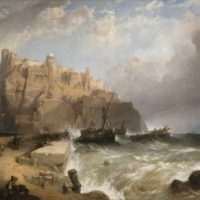

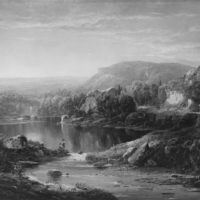

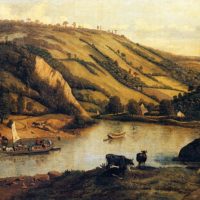

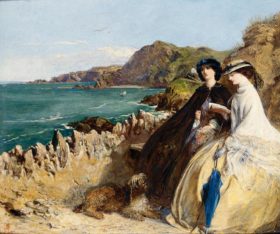


 (4 votes, average: 3.75 out of 5)
(4 votes, average: 3.75 out of 5)